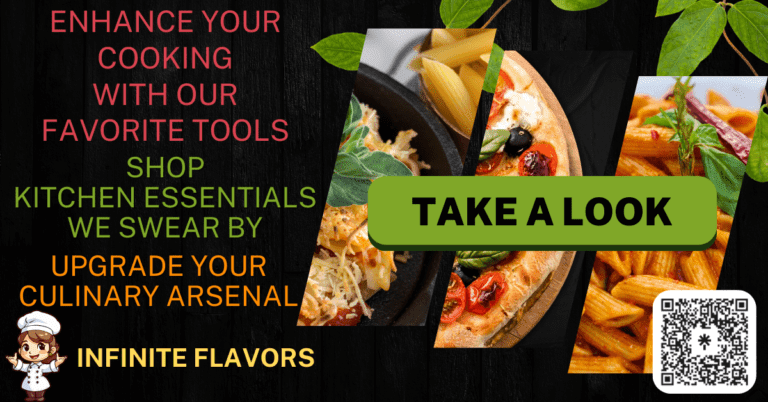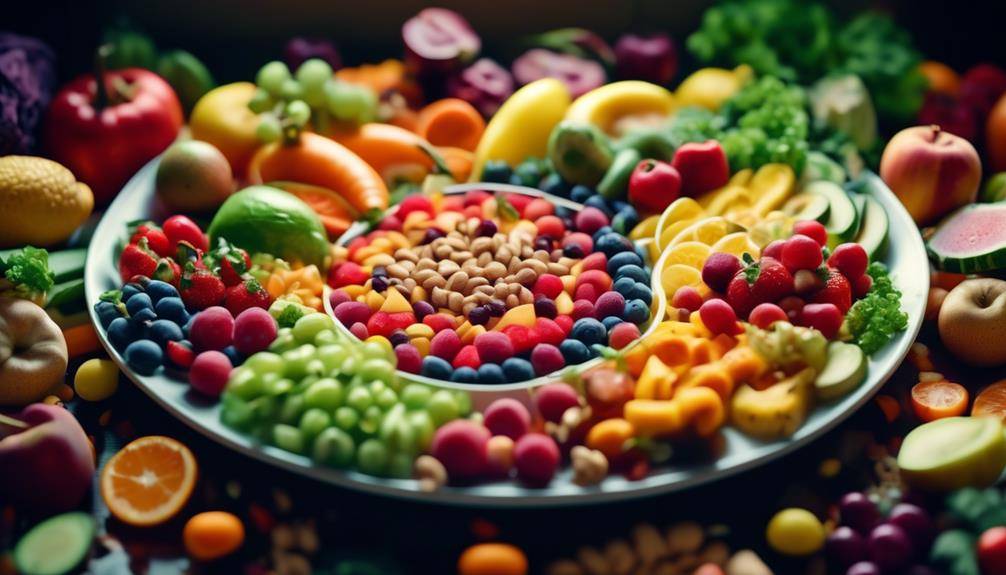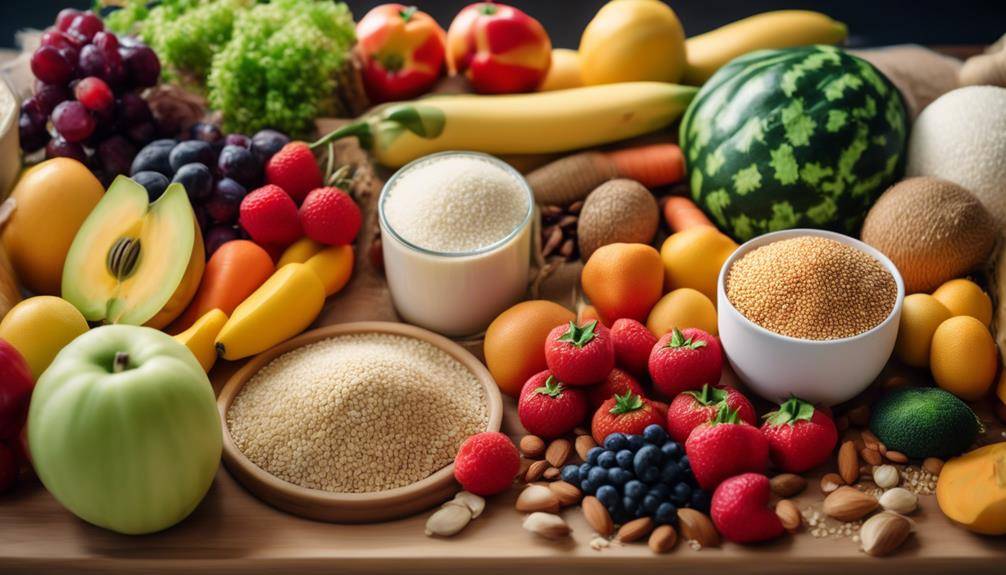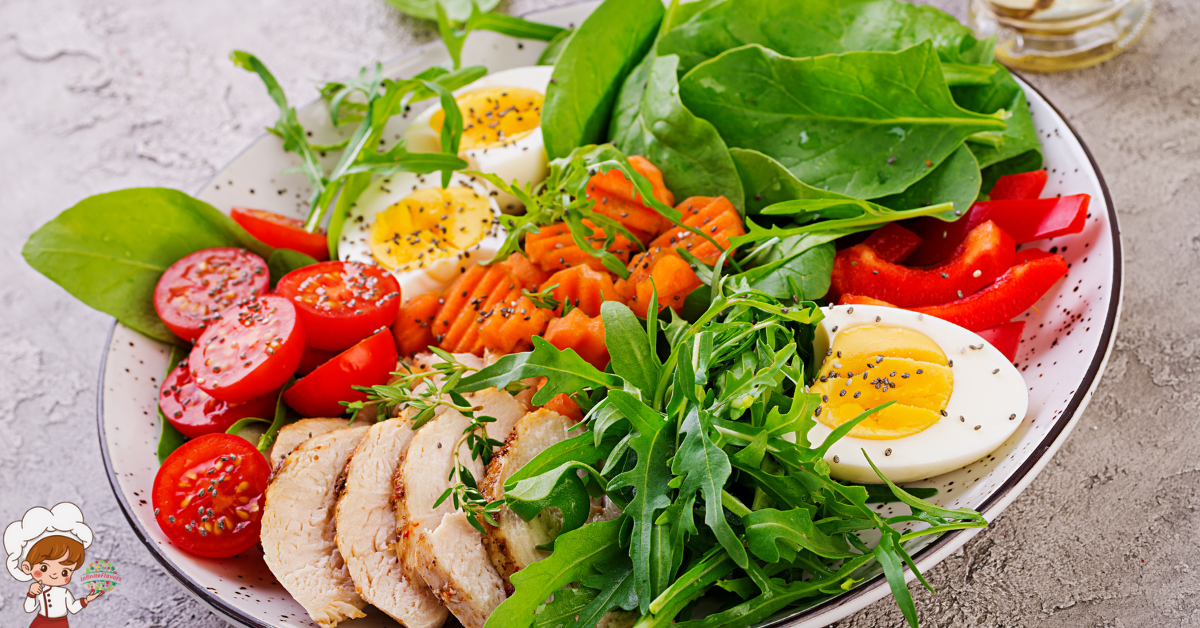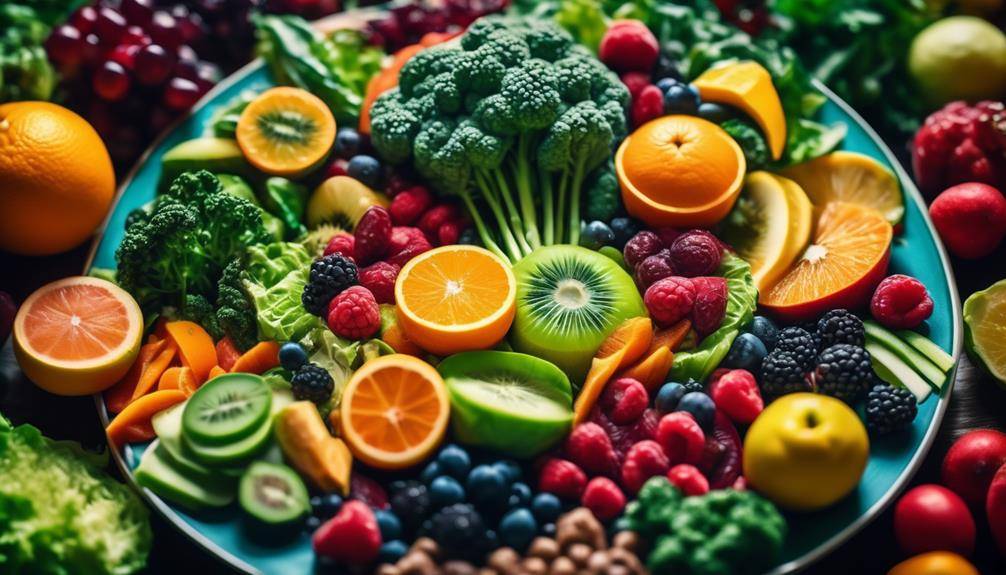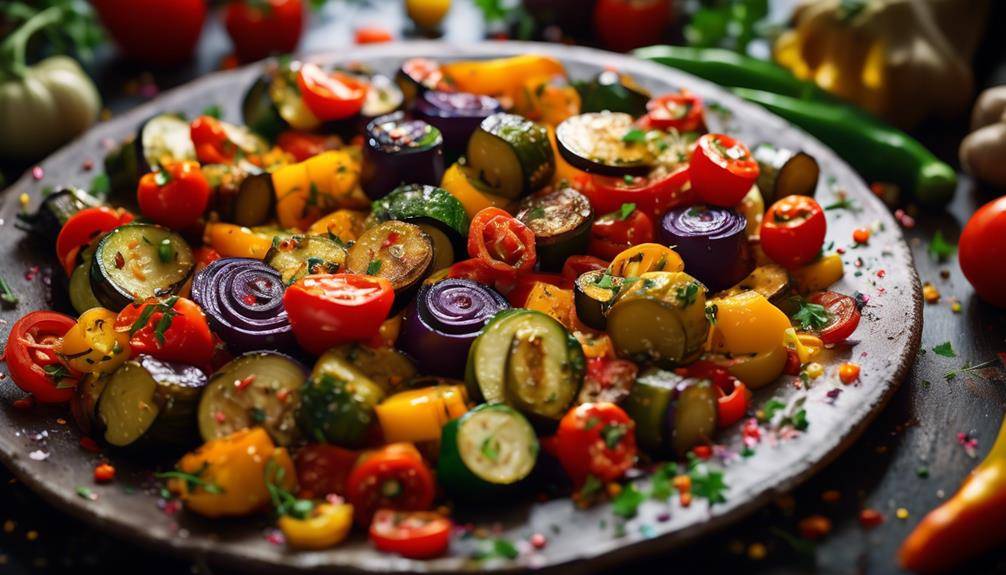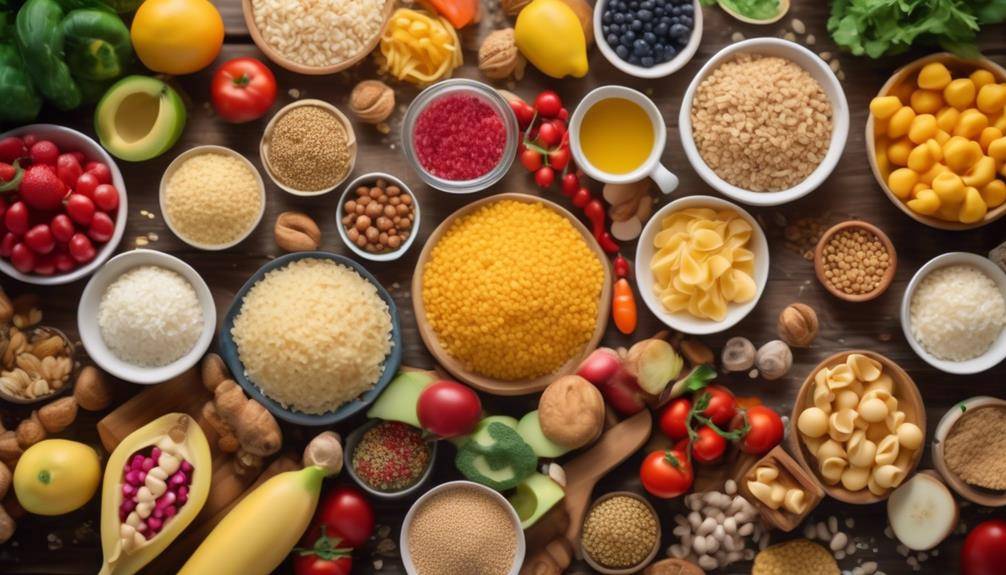The Best Gluten-Free Diet Shopping List
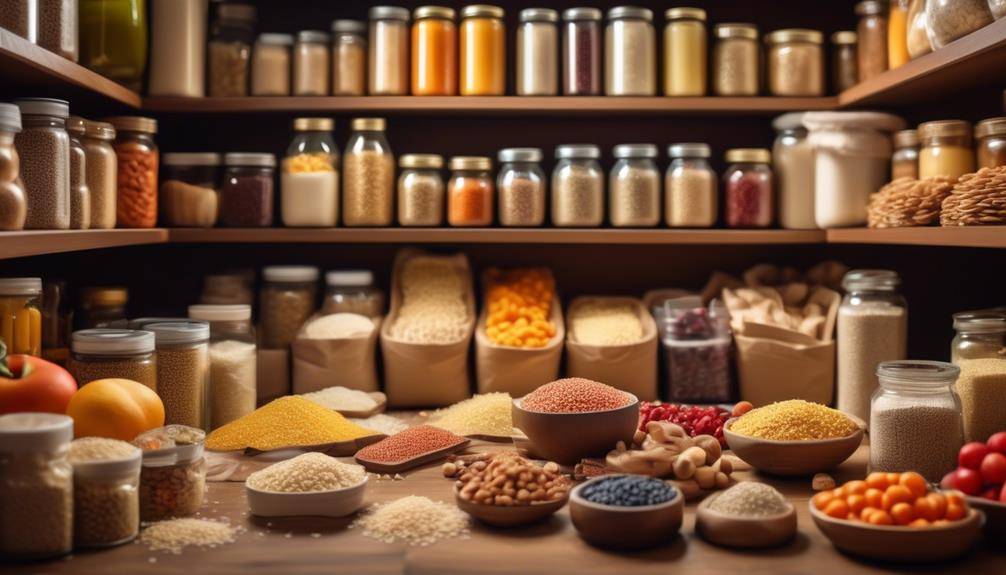
The Best Gluten-Free Diet Shopping List; Did you know that approximately 1 in 133 people worldwide have celiac disease, an autoimmune disorder triggered by gluten? With the increasing awareness of gluten intolerance and the rise in popularity of gluten-free diets, it’s important to have a well-stocked pantry that caters to your dietary needs. From pantry staples to fresh produce and protein sources, there are a plethora of options available to ensure that you can still enjoy a delicious and satisfying gluten-free diet. But where do you begin? Let’s explore the essential items that should be on your gluten-free diet shopping list.
Pantry Staples
When stocking your pantry with gluten-free essentials, it is crucial to ensure you have a variety of versatile ingredients that will provide you with endless options for delicious meals and snacks. Two key pantry staples for a gluten-free diet are canned goods and baking essentials.
Canned goods are a convenient and cost-effective way to add flavor and nutrition to your gluten-free meals. Look for canned vegetables, such as tomatoes, green beans, and corn, as well as canned beans like chickpeas and black beans. These can be used in a variety of dishes, from soups and stews to salads and grain bowls. Additionally, canned fish, such as tuna and salmon, are excellent sources of protein and omega-3 fatty acids.
Baking essentials are essential for creating gluten-free baked goods that are just as tasty as their gluten-containing counterparts. Stock up on gluten-free flours, such as almond flour, rice flour, and tapioca flour, which can be used as a substitute for wheat flour in recipes. Other baking essentials include baking powder, baking soda, and xanthan gum, which help give gluten-free baked goods the right texture and rise.
Fresh Fruits and Vegetables
To ensure a nutritious and varied gluten-free diet, prioritize incorporating an assortment of fresh fruits and vegetables into your meals. Fresh produce is not only rich in essential vitamins, minerals, and fiber, but it also adds vibrant colors and flavors to your plate. When shopping for fruits and vegetables, consider choosing organic produce whenever possible. Organic farming practices eliminate the use of synthetic pesticides, fertilizers, and genetically modified organisms (GMOs), which can be beneficial for those following a gluten-free diet.
Seasonal fruits should be a staple in your gluten-free shopping list. These fruits are not only at their peak flavor and freshness, but they are also more affordable. Seasonal fruits, such as berries in the summer or apples in the fall, are packed with antioxidants, vitamins, and natural sweetness. Incorporating them into your diet can provide a delightful and healthy addition to your meals and snacks.
When it comes to vegetables, variety is key. Aim to include a range of colorful vegetables in your shopping cart, such as leafy greens, cruciferous vegetables, and root vegetables. These vegetables offer different nutrients and health benefits, ensuring a well-rounded diet. Leafy greens like spinach and kale are great sources of vitamins A, C, and K, as well as iron and calcium. Cruciferous vegetables like broccoli and cauliflower provide fiber, folate, and antioxidants. Root vegetables like sweet potatoes and carrots offer complex carbohydrates, fiber, and vitamin A.
Gluten-Free Grains and Flours
Now let’s talk about some popular gluten-free grains that you can add to your shopping list. These grains, such as quinoa, rice, and millet, are not only delicious but also versatile in many gluten-free recipes. Additionally, there are various gluten-free flours available, like almond flour, coconut flour, and tapioca flour, that can be used as substitutes in your baking and cooking.
Popular Gluten-Free Grains
Popular gluten-free grains offer a diverse range of options for those following a gluten-free diet. Whether you’re looking for gluten-free grain substitutes or want to try out gluten-free baking recipes, there are plenty of choices to explore. One popular gluten-free grain is quinoa, which is not only high in protein but also packed with essential nutrients.
Another option is rice, which comes in various forms like brown, white, and wild, offering versatility in cooking. For a nutty flavor, you can opt for amaranth, a gluten-free grain that is rich in protein and fiber. Millet is another gluten-free grain that can be used in both sweet and savory dishes, making it a versatile choice. These popular gluten-free grains open up a world of possibilities for those on a gluten-free diet.
Versatile Gluten-Free Flours
Considered a staple in gluten-free baking, versatile gluten-free flours provide a wide range of options for those following a gluten-free diet. These flours are excellent alternatives for traditional wheat flours and can be used in a variety of gluten-free recipes. Examples include almond flour, made from finely ground almonds, which adds a nutty flavor and moist texture to baked goods.
Another option is coconut flour, made from dried and ground coconut meat, which is high in fiber and gives a light and airy texture to baked goods. Additionally, there is rice flour, made from finely ground rice, which is commonly used in Asian cuisines and provides a neutral taste. Finally, tapioca flour, made from the cassava root, adds chewiness and helps bind ingredients together. With these versatile gluten-free flours, you can explore alternative baking and create delicious gluten-free recipes.
Protein Sources
Including a variety of protein sources in your gluten-free diet is essential for meeting your nutritional needs. When it comes to protein, there are several options to choose from that do not contain gluten. Meat alternatives are a great option for those following a gluten-free diet. These alternatives, such as tofu, tempeh, and seitan, provide a good amount of protein and can be used in various dishes.
Tofu, which is made from soybeans, is a versatile ingredient that can be grilled, sautéed, or added to stir-fries. Tempeh, made from fermented soybeans, has a nutty flavor and can be used as a meat substitute in dishes like sandwiches and stir-fries. Seitan, made from wheat gluten, can be found in gluten-free versions and is a good source of protein as well.
If you prefer plant-based protein sources, there are plenty of options available. Legumes, such as beans, lentils, and chickpeas, are excellent sources of protein. They can be used in soups, salads, and stews, or even made into patties for veggie burgers. Quinoa, a gluten-free grain, is another great plant-based protein source. It is a complete protein, meaning it contains all the essential amino acids your body needs. Nuts and seeds, such as almonds, chia seeds, and hemp seeds, also provide protein and can be added to smoothies, salads, or enjoyed as a snack.
Dairy and Non-Dairy Alternatives
To continue exploring protein sources in your gluten-free diet, let’s now turn our attention to the topic of dairy and non-dairy alternatives. When following a gluten-free diet, it’s important to find suitable replacements for dairy products that may contain gluten or cause cross-contamination. Fortunately, there are plenty of options available that can meet your nutritional needs.
Plant-based milk is a popular alternative to traditional dairy milk for those following a gluten-free diet. These milk alternatives are typically made from nuts, seeds, or grains. Some common options include almond milk, soy milk, coconut milk, and rice milk. These plant-based milks are often fortified with vitamins and minerals, making them a nutritious choice. However, it’s important to check the labels for any hidden sources of gluten.
Cheese alternatives are another consideration when avoiding gluten. While many traditional cheeses are naturally gluten-free, some processed cheeses and cheese spreads may contain gluten as a filler or thickening agent. Thankfully, there are several gluten-free cheese alternatives available. These alternatives are often made from nuts, soy, or tapioca starch. They come in a variety of flavors and can be used in recipes or enjoyed on their own.
When selecting dairy and non-dairy alternatives, it’s crucial to read labels carefully. Look for products that are labeled gluten-free and free from any cross-contamination risks. Additionally, consider consulting with a healthcare professional or registered dietitian who specializes in gluten-free diets to ensure you are meeting your nutritional needs.
Snacks and Treats
For a wide variety of gluten-free snacks and treats, there are plenty of options available to satisfy your cravings. If you’re looking for healthy options, there are several easy-to-make recipes that you can try.
One option for a healthy and delicious snack is homemade gluten-free granola bars. You can make these bars using gluten-free oats, nuts, seeds, and dried fruits. Simply mix the ingredients together, press the mixture into a baking dish, and bake until golden brown. Once cooled, cut into bars and enjoy!
Another easy-to-make treat is gluten-free banana bread. This moist and flavorful bread can be made using gluten-free flour, ripe bananas, eggs, and a touch of sweetness from honey or maple syrup. Simply mix the ingredients together, pour the batter into a loaf pan, and bake until a toothpick inserted into the center comes out clean.
If you’re in the mood for something savory, try making gluten-free cheese crackers. These crispy and cheesy snacks can be made using gluten-free flour, shredded cheese, butter, and a few spices. Mix the ingredients, roll out the dough, cut into desired shapes, and bake until golden brown.
For a quick and easy treat, you can also enjoy gluten-free popcorn. Popcorn is naturally gluten-free, and you can season it with various spices or nutritional yeast for added flavor.
Frequently Asked Questions: The Best Gluten-Free Diet Shopping List
Are There Any Gluten-Free Options for Commonly Used Pantry Staples Like Pasta, Bread, and Oats?
You can find gluten-free options for commonly used pantry staples like pasta, bread, and oats. Look for gluten-free pasta options and gluten-free bread alternatives to meet your dietary needs.
How Can I Ensure That Fresh Fruits and Vegetables Are Gluten-Free and Safe for Consumption?
To ensure fresh fruits and vegetables are gluten-free and safe to eat, wash them thoroughly under running water. Avoid cross-contamination by using separate cutting boards and utensils for gluten-containing foods.
What Are Some Gluten-Free Grains and Flours That Can Be Used in Baking and Cooking?
To bake and cook gluten-free, try using grains like rice, quinoa, and cornmeal. For flours, opt for almond, coconut, or chickpea flour. A gluten-free diet can benefit your health and well-being by reducing inflammation and improving digestion.
Are There Any Plant-Based Protein Sources That Are Gluten-Free and Suitable for a Gluten-Free Diet?
Plant-based protein sources, like legumes, tofu, and tempeh, are gluten-free and perfect for a gluten-free diet. Incorporating these protein-rich foods into your gluten-free meal planning can ensure balanced nutrition. Don’t forget to explore gluten-free cooking tips and recipes for tasty snacks and desserts.
Can You Recommend Some Dairy and Non-Dairy Alternatives That Are Gluten-Free and Can Be Used in Cooking and Baking?
You can find a variety of dairy-free alternatives for gluten-free cooking and baking. Look for options like almond milk, coconut milk, and soy milk. Additionally, when shopping for fresh produce, be sure to check labels for gluten-containing ingredients.
Conclusion
In conclusion, maintaining a gluten-free diet requires careful planning and purchasing of specific foods. Stocking up on pantry staples such as rice, quinoa, and gluten-free flours is essential, as well as incorporating a variety of fresh fruits and vegetables into your meals. Protein sources like lean meats, fish, and legumes should also be included. Additionally, dairy and non-dairy alternatives can be added to meet your nutritional needs. Don’t forget to include some gluten-free snacks and treats for those occasional indulgences.

